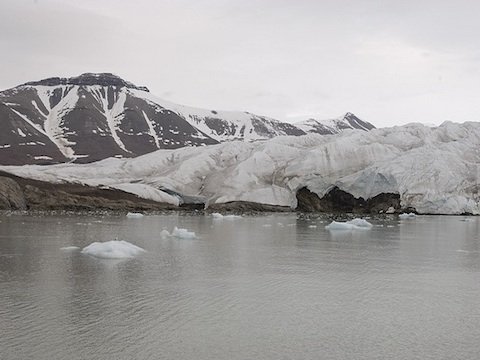According to a new paper recently published in Nature, rising levels of CO2 unequivocally brought about the last deglaciation, which began about 20,000 years ago. Particularly, by analysing 80 samples from ice and sea sediment cores around the world, a team of researchers from Harvard and Oregon Universities confirmed that the global increase in temperature levels followed CO2 increases. These results support an important role for CO2 in driving global climate change and solve in particular some of the discrepancies concerning the link between the Antarctic temperature and the CO2 concentration. Indeed, previous samples from Antarctica showed temperatures increased before CO2 levels started to climb, leading climate change sceptics to contend that CO2 did not play a key role in warming the atmosphere. In this regard, the new study affirms that Antarctica was an anomaly. Data, together with transient global climate model simulations, show that the end of the Ice Age was triggered by a change in the tilt of the Earth’s axis, which warmed land masses in the Northern Hemisphere and melted Arctic Ice, changing global ocean currents. Even though it is still unclear what caused the rise in CO2, researchers supposed that overturning in ocean circulation melted sea and terrestrial ice in the Southern Hemisphere, releasing CO2 trapped under the ocean. The release of massive amounts of the greenhouse gas then amplified the global temperature spike.
According to the authors, the study demonstrates that CO2 was a much more important factor, and was really driving worldwide warming during the last deglaciation. The study has been immediately followed by another paper published in Nature too by researchers from US, Italy and Sheffield Universities, that confirmed how extreme global warming events (hyperthermals), occurred about 55 million years ago, superimposed on a longterm warming trend. Such study also affirms that that CO2 released from plant materials breaking down in the permafrost can affect the climate. Moreover, a rise in temperature appeared to lead to an increase of CO2 in the atmosphere. This could mean further increases in today greenhouse gas concentrations would boost faster temperature rises in “runaway”global warming.
Read more on the latest issue of Climate Policy News, by Marinella Davide.
Photo by Jerrold.




